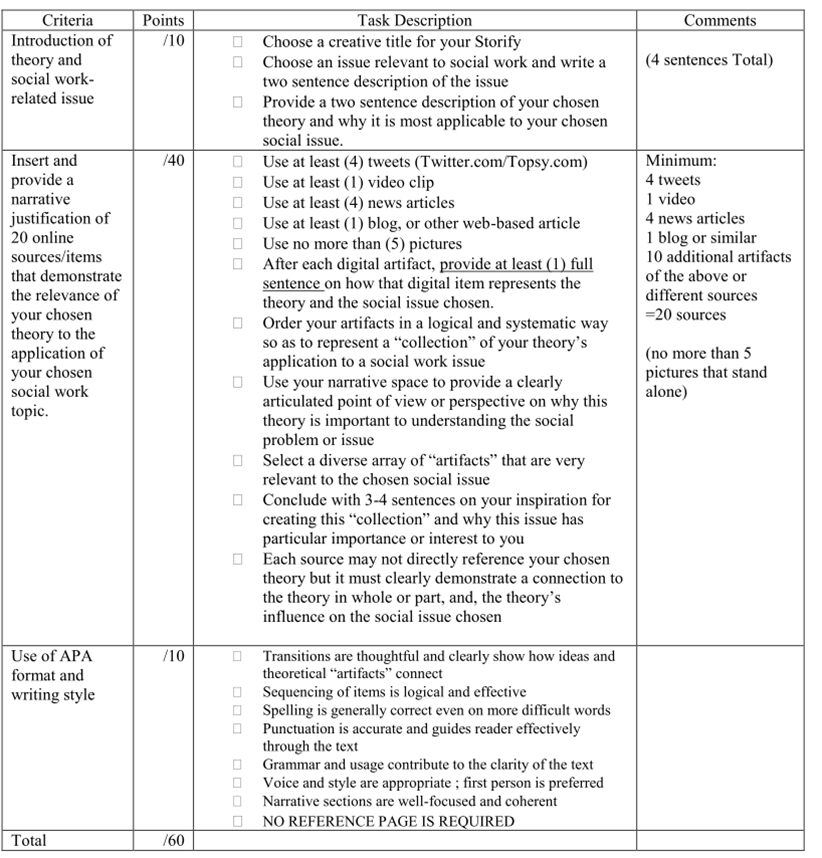When Technology and Social Work assemble in Higher Education – Using Remind 101 by Dr. Nathalie P. Jones
Nathalie P. Jones, PhD, MSW is an Assistant Professor of Social Work at Tarleton State University. In this blog post, Dr. Jones writes about her experiences using a free texting services for educators, Remind 101, with her BSW students.
As a college professor, I have been on a quest to implement technology within social work courses. Particularly, I have become very fluent with the use of Remind 101. This platform provides the option to text learners who are currently enrolled in my online Working with Aging Populations course which equips learners to provide services and advocate for individuals who are in the later life phase. Most of these learners are classified as non-traditional who are usually working during the day and completing homework assignments during the evenings. In the online setting, when I post announcements in the course room, I use Remind 101 to provide a follow up text message to prompt the learners’ attention. The benefits of Remind 101 include providing opportunities for me to send out last minute reminders, assignment extensions and class cancellations. During my current course, I have not experienced any challenges.
Using Storify to Explore Theory in the MSW Classroom by Dr. Jamie Mitchell
Dr. Jamie Mitchell is an Assistant Professor of Social Work at Wayne State University. In this blog post, Dr. Mitchell writes about how she incorporated Storify into a theory-based assignment for an MSW class last semester.
When I realized this past summer that a standardized core assignment in my regular Human Behavior in the Social Environment course had been changed in a way that limited the ability of students to explore a theory of their choosing during the semester, I began testing educational technology tools as a means of restoring that opportunity in a fresh way. I know from experience that some MSW students may view social and developmental theory as abstract and somewhat dated; and I work incredibly hard to highlight the relevance of having a strong theoretical foundation to praxis. It’s important to me that students connect with and write about at least one theory that engages them personally, leading me to develop this new assignment centered on Storify. Storify is a website that allows one to curate a digital narrative on any topic using an integrated social media search engine to locate sources such as tweets, blog posts, YouTube videos, and Google images. That “story” can then be published publicly and shared on other social media platforms.
My goal in developing this assignment was to give students an opportunity to articulate how a theory of their choosing could be applied to a real-world underserved population or problem of interest. Before the course began, I developed my own test Storify that could serve as an example to students and used it to develop a detailed rubric.
From the first day of class I introduced the new assignment and fielded questions from anxious students who were not comfortable with social media. To provide support for adopting Storify, I created a folder on my course website with existing tutorial videos and fact sheets on using Storify, and I developed my own resource for students on how to integrate a variety of content using bookmarklets to capture content around the web to import into Storify. I also worked through any glitches with students as they experimented with the platform and reserved a few minutes at the end of each class to demonstrate Storify functionality throughout the semester.
I was beyond impressed with how invested students were in creating high-quality digital narratives. The majority of students included more sources than were required, and went further in contextualizing how each source contributed to an understanding of the theory’s application to the issue or population than was required by the assignment rubric. Students also chose topics that were deeply personal to them and incredibly germane to the field of social work; covering topics such as human trafficking, school bullying, rape culture, racial profiling, immigrant experiences, inner city poverty, and LGBTQ empowerment. I used my own twitter account to share student projects, even tweeting prominent authors like Dr. Brené Brown when students utilized the Shame Resilience Theory she pioneered. I consider this initial foray into employing Storify as a course assignment to be a resounding success!
I would advise instructors who are interested in developing an assignment with Storify to familiarize themselves with the variety of existing resources such as free tutorial videos (Storify Guided Tour and Getting Started) and tip sheets, to experiment with the service themselves, and to explore the wealth of existing Storify stories for inspiration. Storify is free, intuitive, and user-friendly but it can be optimized by using additional strategies. For example, Google Chrome offers a bookmarklet or browser extension for Storify that allows users to bookmark content around the web and store it in a collection within Storify for later use. The website Topsy allows one to search for tweets by key words and hashtags as far back as two years, well beyond the six months that Twitter archives. Students may also find it useful to know that in addition to using the internal search engine within Storify, and using a bookmarklet to capture outside content, they can copy and paste the URL of any webpage into Storify to import content.
I’m excited about the possibilities for integrating Storify in other ways in my MSW classroom. This refreshing platform has proven to be a reliable and creative social media tool for encouraging students to research, contextualize, and curate content. Below are just a few examples of Storify submissions by my MSW students:
Feminist Theory, Slut Shaming, and Rape Culture by whitentonm
Racial Profiling: Do I Look Suspicious? by Tony Theel
Prison: The New Slavery by MStellini
Women in Sports: Woman first, athlete second by Natalie Savoy
Opening Our Eyes To The Truth About Older Adult Abuse by Melissa Stumpo
The Disney Princess Effect on Young Girls and Feminist Theory by sternb13
Walking the Tightrope of Motherhood by Ellen Coleman
**Note, Storify is a public domain and students are aware that all submissions are public until removed**
How to cite this post:
Mitchell, J. (2014, January 5). Using Storify to Explore Theory in the MSW Classroom by Dr. Jamie Mitchell [Blog Post]. Retrieved from https://laureliversonhitchcock.org/2014/01/05/using-storify-to-explore-theory-in-the-msw-classroom/.





